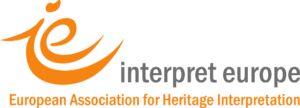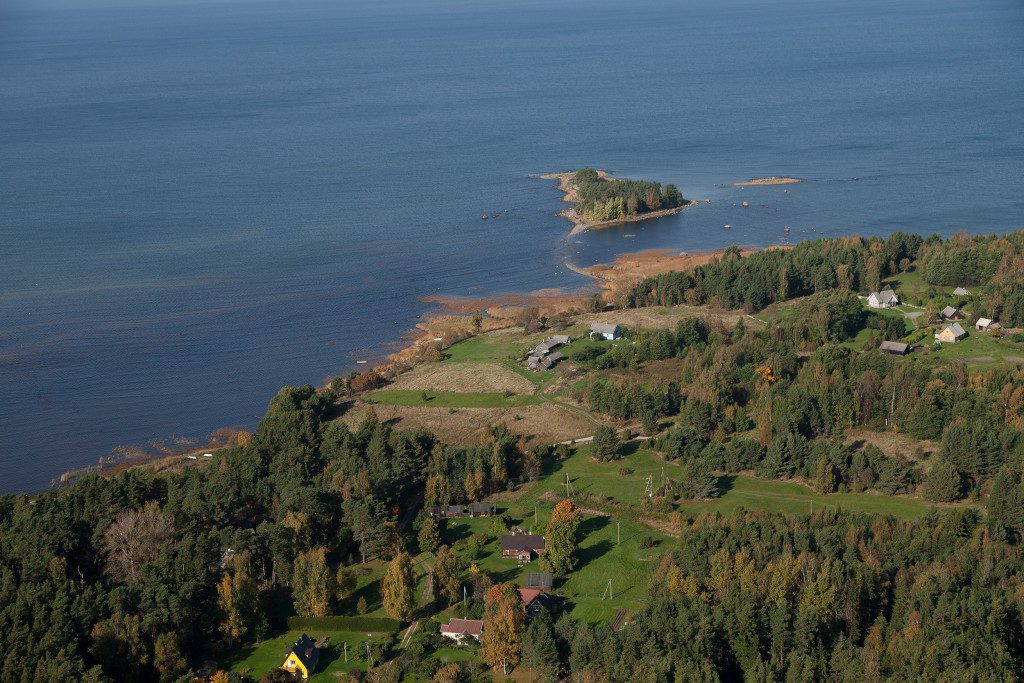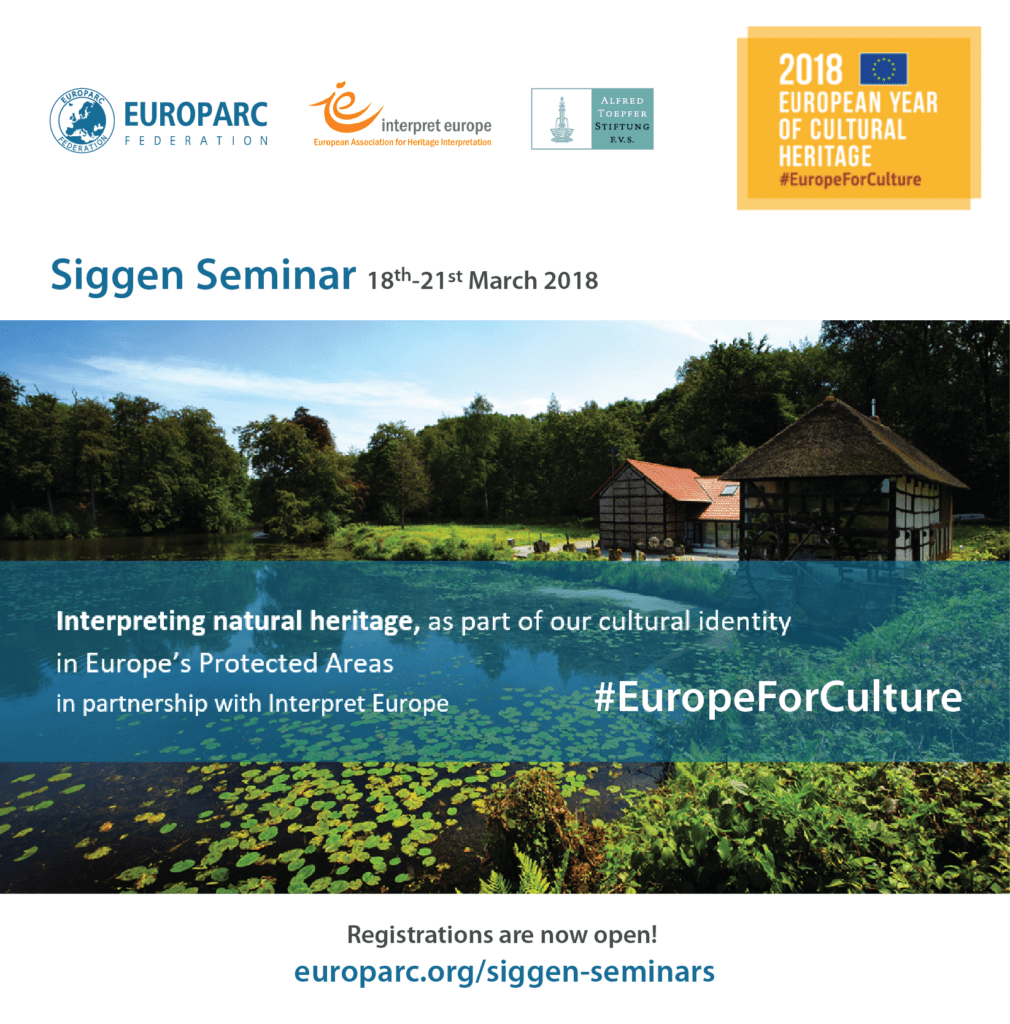Glyphosate debate in Brussels
Photo by Skitterphoto on Pixabay
The re-authorisation of the widely used but highly controversial plant protection product glyphosate was subject to a heated debate in Brussels. Its permission for use in the EU would expire by the 15th December this year and Member States have repeatedly failed to take their vote on the European Commission proposal to reapprove the active substance glyphosate for another ten years. However, on the 27th November, a consensus has been reached: glyphosate use was extended for another 5 years.
The beginning of the discussion
The Commission called strongly on Member States to position themselves as it is faced with heavy public opposition towards the proposed renewal and controversies about the credibility and capability of EU research assessing glyphosate’s harmful impacts on health and the environment remain.
The European Food Safety Authority (EFSA) and the European Chemicals Agency (ECHA) concluded that glyphosate is safe, while the International Agency for Research on Cancer (IARC) classified it as “probably carcinogenic to humans”.
Given these concerns, since the debate on a renewal of glyphosate’s license had started in 2015, no qualified majority of Member States was willing to take a clear position on glyphosate’s license renewal. Hence, the Commission had already delayed its final decision on a re-approval twice in 2016 and provisionally authorized a temporary 18 months extension of the license. As this temporary solution is to expire in December, the Commission was pressured to take a final vote.
The position of the EU Commission…
Earlier this year, reluctant to be held solely responsible for deciding on the future of glyphosate, the Commission stated that it saw no grounds to call into question the scientific assessments and conclusions on glyphosate carried out in the European Union, but that it would nevertheless not want to decide on a licence renewal if Member States do not clearly vote in favour of the current proposal for a license period of five to seven years with a qualified majority. This means that 55% of the EU countries, representing 65% of the European population would have to agree on the proposal.
In a voting on 9th November 2017 at the Standing Committee on Plants, Animals, Food and Feed:
- 14 Member States voted in favour of a further approval of glyphosate for 5 years (representing 36.95 % of the EU population),
- 9 Member States voted against (representing 32.26 % of the EU population) and 5 Member States abstained (representing 30.79 % of the EU population).
Consequently, the Committee delivered a no opinion on this proposal and following the comitology procedure, the Commission now referred the proposal to the appeal committee. This appeal committee is again made up of EU countries’ representatives, chaired by the Commission and conducted a new voting on 27th November…
…and the approval of Glyphosate for the next 5 years!
On the 27th November, a majority in favour of the proposal by the European Commission to renew the approval of glyphosate for a period of 5 years was reached by the Appeal Committee. Some modifications were made to the draft Implementing Regulation during the meeting.

EU Parliament: towards a full ban…
On 24th October, the European Parliament has agreed on a final position, a non-binding resolution, concerning the Commission’s proposal, demanding glyphosate phase-out, resulting in a full ban by the end of 2022. Preparations for this position involved a public hearing with experts organised by Members of the Agriculture and Environment Committees on 11th October. Present at the hearing were representatives from EU and the USA involved in research activities concerning health and environmental risks of glyphosate as well as such experts critically observing those assessments.
The institutions represented were ECHA (European Chemicals Agency), EFSA (European Food Safety Authority), IARC (International Agency for the Research on Cancer), CEO (Corporate Europe Observatory). Attending as individual scientists were Jennifer Sass and Christopher Portier. More information on the individual attendees and their presentations can be found here.
With these experts, the Parliamentary Committees ENVI and AGRI discussed potential bias of research and risk assessment as well as general flaws in the ordinary EU research and legislation process in the field of chemicals. The discussed flaws and health concerns in mind while and at the same time considering the fact, that the upcoming decision on glyphosate’s future availability will have significant economic impact on a great proportion of European farmers the Parliament decided to propose a re-approval of glyphosate, while at the same time stressing the need to transition to possible safer, low-risk alternatives.
In their position, Members of the parliament strongly called on Member States and the Commission to consider these aspects when deciding about glyphosate’s license and when deciding on further actions concerning the development, authorisation and placing on the Union market of pesticide.
…or a “sustainable use of pesticides”?
Meanwhile, on the 13th November, Agriculture MEPs and Commissioner Vytenis Andriukaitis discussed the sustainable use of pesticides and ways to combat antimicrobial resistance. Positions were divided and given the soon-to-be-made decision, on the particular pesticide glyphosate the discussion turned into a debate on next steps.
While some MEPs stressed that the glyphosate must be phased-out, citing concerns over its potential carcinogenicity, others rejected what they called scaremongering and insisted that the EU’s decision must be science-based and for the sake of food security must not tie farmers′ hands.

Andriukaitis_by EurActiv
Commissioner Andriukaitis suggested to look at scientific arguments and apply “common sense approach” rather than to “create fear”. There is no scientific proof that glyphosate is carcinogenic, he said and dismissed what he called “conspiracy theories” about multinationals’ efforts to influence EU decisions.
“Stop Glyphosate”
In the meantime, Civil Society organisations and different interest groups continue to reach out to national and EU decision-makers: The European Citizens’ Initiative (ECI) entitled “Ban glyphosate and protect people and the environment from toxic pesticides” had gathered over one million signatures of European citizens from 22 Member States within less than a year, requesting not only a ban of glyphosate, but explicitly “to propose to Member States a ban on glyphosate, to reform the pesticide approval procedure, and to set EU-wide mandatory reduction targets for pesticide use”.
The participation in the ECI clearly demonstrates a growing public awareness and interest of European Citizens to engage in the much wider debate on the future of plant protection practices: Concerning the cases of private use and application in public areas, but primarily the application in the agricultural industry.
To follow the decision-making process and relevant position papers from the Commission, you can have a look here. To get a grip on the events through the lens of Civil Society (Environmental NGOs) you can find a chronological overview of major milestones here.
For more background on the approval and use of active substances and pesticides in the EU you can visit the European Commission information website on the issue and check more details on glyphosate from EU perspective here.
LINKS OF FURTHER INTEREST
European Parliament Fact Sheet on EU Chemical Legislation
European Commission on pesticides in the European Union – Including a database and overview of the active substance approval procedure:
Different opinions – Voices of farmers:
Farmers arguing in favour of glyphosate: article 1 and article 2
Thoughts on transitioning to alternative means of agriculture
European Year of Cultural Heritage launched today!
EUROPARC Federation and Interpret Europe join forces to support the European Year of Cultural Heritage
On the occasion of the official launch of the European Year of Cultural Heritage, the EUROPARC Federation and Interpret Europe announce a partnership, focusing on the role of natural heritage to explore cultural identity.
Today, the European Year of Cultural Heritage was launched in Milan. In order to contribute to the Year, the EUROPARC Federation and Interpret Europe agreed to co-operate on a project:
- Focusing on the role of natural heritage to explore cultural identity
- Investigating ways that heritage interpretation can encourage citizens to reflect upon this relationship.
In many cases, cultural identity is rooted in the connection to the land. Heritage interpretation is a powerful medium to help communities appreciate their history and challenge their future. This partnership brings together parks, communities and experts in interpretation. Special attention shall be given to young people and how they understand and influence their cultural identity.
Activities in 2018
The EUROPARC Federation and Interpret Europe will gather contributions from all actors, across all events, to identify the challenges of good practice and opportunities for people and places. Throughout the Year, the EUROPARC Federation and Interpret Europe will focus on four key events:
- Seminar ‘Natural Heritage as Part of Cultural Identity’ in Siggen, Germany – Registrations are now open!
- Conference ‘Heritage and Identity’ in Kőszeg, Hungary
- Conference ‘European Parks: Inspired by the Next Generation’ in Aviemore, UK
- Presentation of the key project results at a seminar in Brussels, Belgium
About the organisations
The EUROPARC Federation represents about 400 organisations, which is thousands of protected areas, in 36 countries and facilitates international co-operation in all aspects of protected area management to further improve and conserve our shared natural inheritance. Interpret Europe has more than 500 individual, organisation and corporate members in 45 countries. Its mission is to serve all who use first-hand experiences to give natural and cultural heritage a deeper meaning.
For further information please contact mail @ interpret-europe.net or b.pais @ europarc.org.
 |
Interpret Europe
Am Rasen 23 37214 Witzenhausen Germany |
 |
EUROPARC Federation
Waffnergasse 6 93047 Regensburg Germany |
The Estonian National Parks have a new home(page)
In the end of November, the Estonian Environmental Board launched a new website www.natparks.ee, where you can find information about Estonian national parks and other protected areas in Estonia. The website is available in English and Russian and includes information about the natural, historical and cultural heritage of Estonian protected areas, as well as events taking place there.
„18,7% of the mainland and 26% of water is under protection, to maintain our unique nature. The nature conservation system in Estonia is over 100 years old and has become more complex over the years.
said Environmental Board nature conservation advisor Kaja Lotman, adding that with “this new website we are striving towards gathering all the relevant nature protection information into one portal and to explain the system to our local inhabitants and also visitors in an understandable language.“

Lahemaa National Park, Estonia © Toomas Tuul
The first phase of the website included the Estonian national parks:
- Matsalu National Park
- Lahemaa National Park
- Karula National Park
- Vilsandi National Park
- Soomaa National Park
and the 5 most important protected areas
- Alam-Pedja Nature Reserve
- Endla Nature Reserve
- Haanja Nature Park
- Otepää Nature Park
- Viidumäe Nature Reserve.
The selection of these protected areas is based on the multiplicity of public events, visitor capacity and the active participation of local inhabitants. Visitors can easily have access to a calendar of activities of each Protected Areas. At the same time, Protected Areas are invited to report directly their activities, in a process that Kaja Lotman believes will bring a better connection between people and nature:
Our wish is that this website enhances cooperation between local communities, different stakeholders, visitors and nature conservation officials. We also hope that people comprehend why a certain area is under protection and how various stakeholders can facilitate the maintenance of values in these protected areas.
The website is permanently being updated and other Estonian protected areas will be added soon.
Case studies for coexistence between people and large carnivores
In its latest newsletter, the EU platform for the coexistence between people and large carnivores launched a series of case studies. EUROPARC is a member of the platform, actively contributing to the European debate, representing the position of Protected Areas.
One of the first tasks of the EU Platform was to gather good practice examples of how coexistence between people and large carnivores can be supported. Over the last three years, the Platform has collated nearly 40 good practice examples which are briefly presented on the website. The Platform has now published a report providing a deeper analysis of ten cases.
The analysis aims to identify the specific elements within a particular case that have been important for improving the relationship between stakeholders and see if this can be transferred elsewhere to reduce conflict related to coexistence. The ten best practice examples were chosen to cover a range of biogeographic and political situations; all large carnivore species and the range of different stakeholder groups. Interviews with representative stakeholders in each case were transcribed and analysed.
The report and the individual case study descriptions are available on the Platform website.

